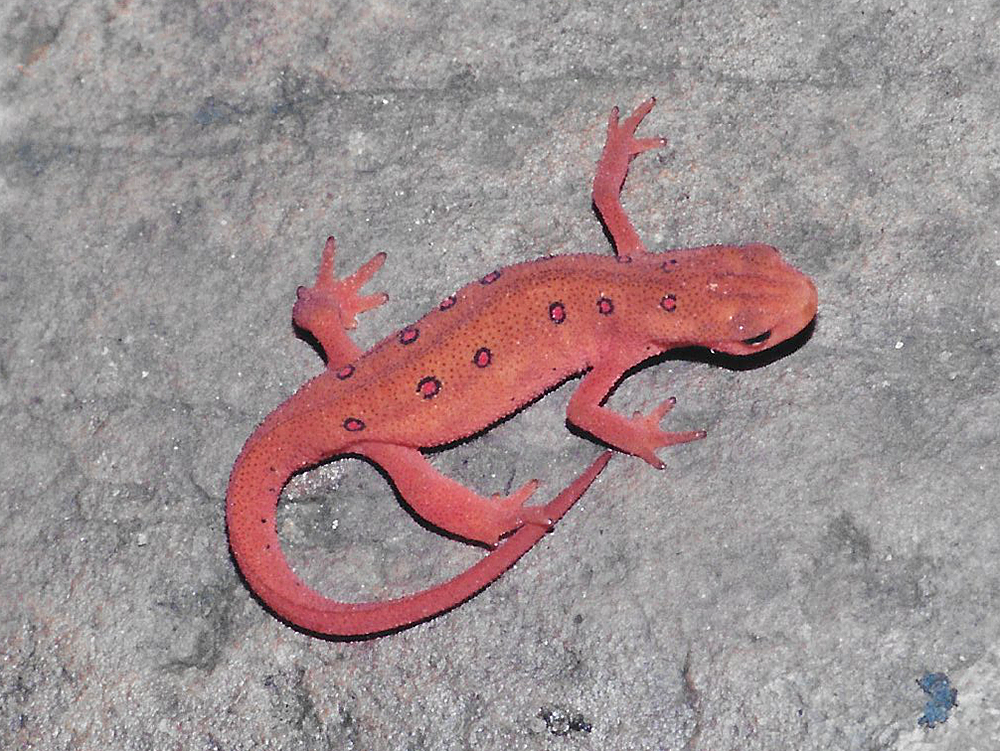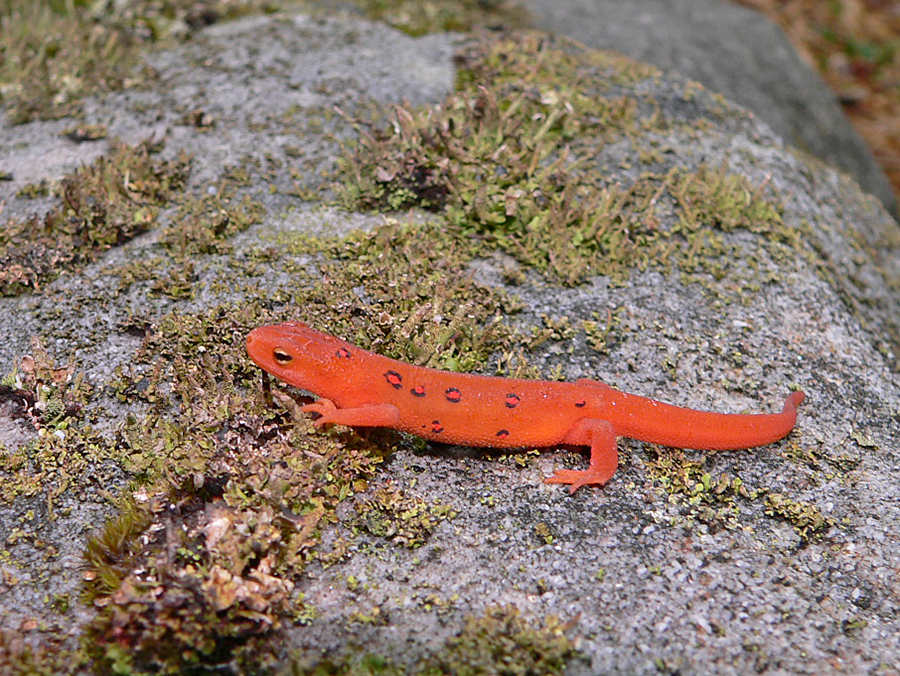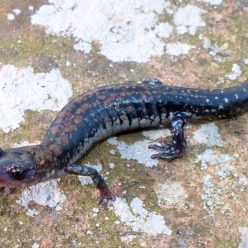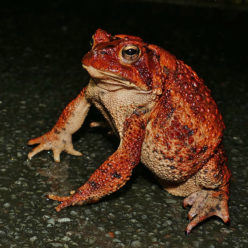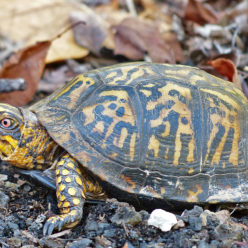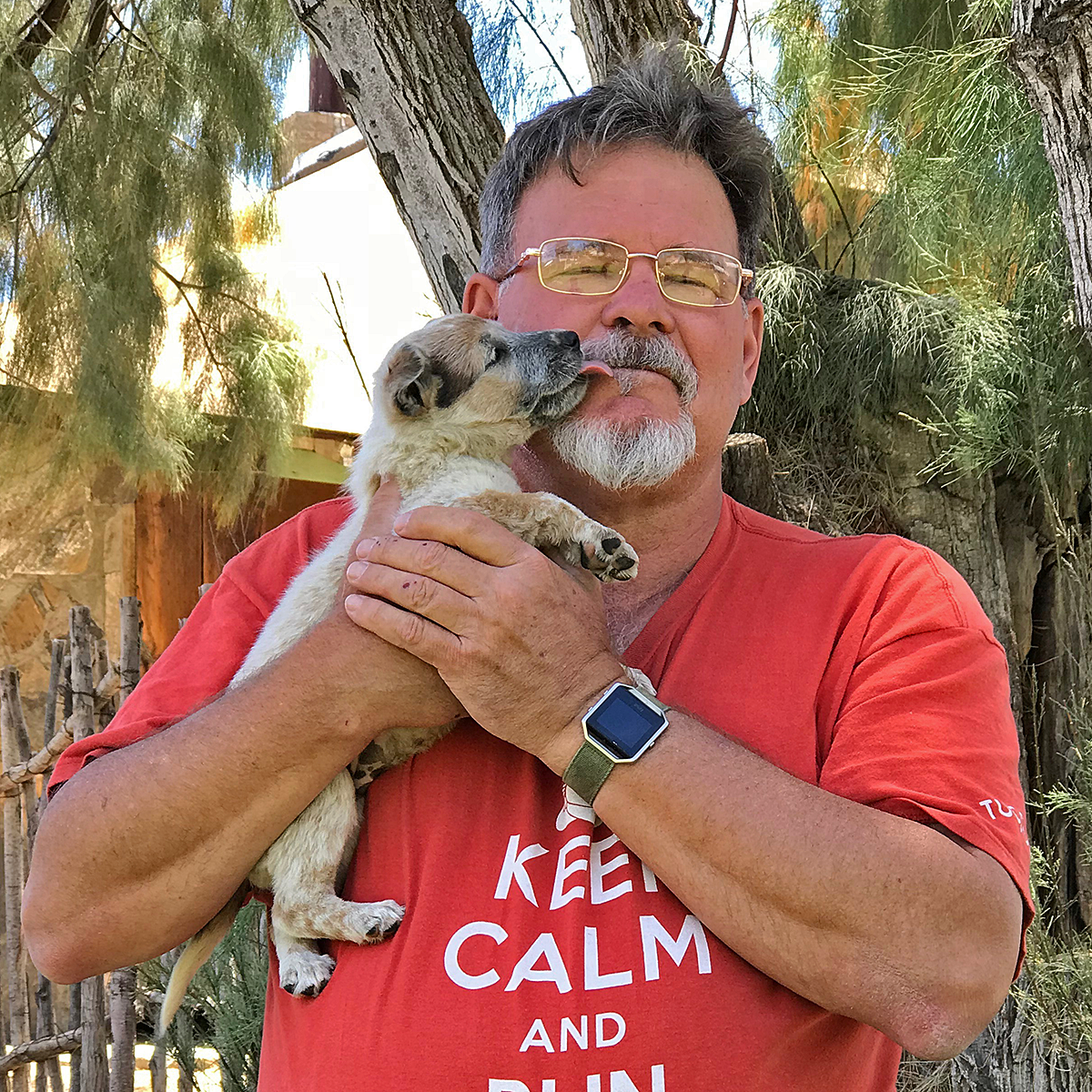Notophthalmus viridescens viridiscens
(Rafinesque, 1820)
Carter Co., Tennessee. May 22, 1998.
On our way through the Smokies, we stopped to visit a stream falling down a mountain, and spent a few hours under the spell of a forest of bays, laurels, and rhododendrons. This eft was easy to spot, cling to a wet rock a short distance above water. Their skin is toxic, and the bright color serves to warn potential predators.
The life cycle of Notophthalmus is curious. After hatching and developing in water, the larvae depart for dry land, becoming dry-skinned ‘efts’ and living under rocks and logs and in the leaf litter. After a year or two or more, the efts return to the water, transform into breeding adults, or newts. In some areas the eft stage is omitted, and the creatures remain in water.
My Flickr album for this species is here.
HerpMapper records for this species are here.
